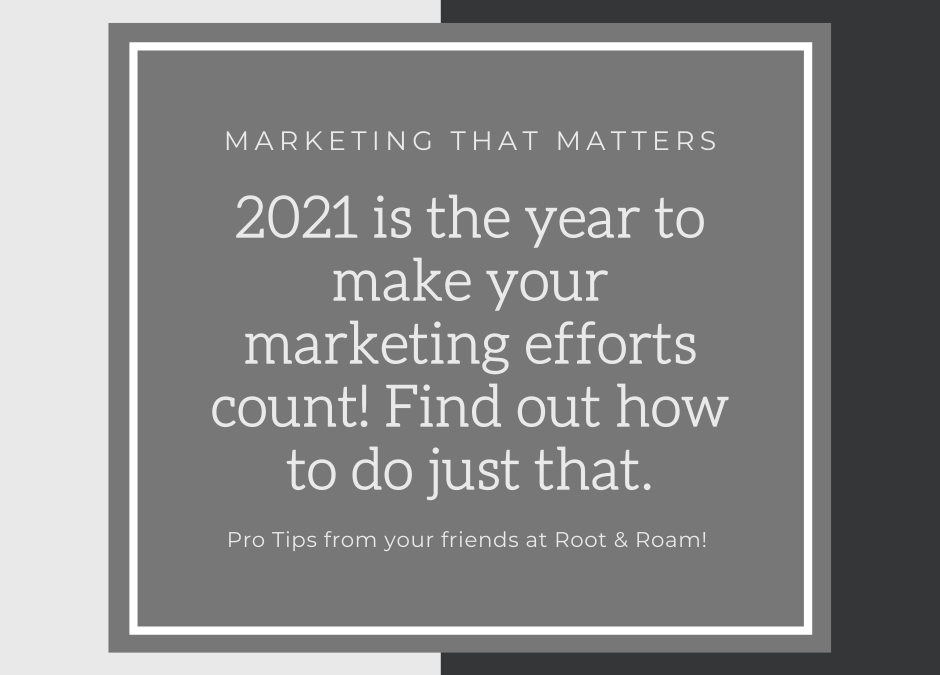
by Amy | Jun 28, 2021 | Creative Services, Digital Marketing, Graphic Design, Root & Roam Blog, SEO, Social Media, Website
As of 2021, 1.074 billion people are on Instagram worldwide making it the perfect place to sell your products. Instagram has all of the tools you need to get your product in front of the consumer and make them remember it. Selling on Instagram takes hard work,...

by Amy | May 11, 2021 | Analytics Reporting, Digital Advertising, Digital Marketing, Lead Generation, SEO Strategy, Social Media, Traditional Marketing
Owned, Earned, And Paid Media: The Digital Marketing Trifecta You may have heard the terms “Owned, Earned, and Paid Media” tossed around in the past and could be concerned that they are new types of media that you must have to optimize and create a well-rounded...

by Amy | Mar 8, 2021 | Digital Marketing, EDDM, Publications, Traditional Marketing
Newsletters are one example of email marketing, which is just a small segment of a digital marketing strategy. Unlike transactional email marketing (an email that is triggered when a user performs a calculated action), newsletters have (or should have) a regular...

by Amy | Feb 8, 2021 | Digital Marketing, Public Relations, SEO, SEO Strategy, Social Media, Traditional Marketing
There is no doubt that COVID-19 had a dramatic impact across industry sectors, to include the one we work in here at Root and Roam Integrated Marketing Agency. The pandemic decimated small so called “Mom and Pop” shops, while wreaking havoc on just about all brick and...





